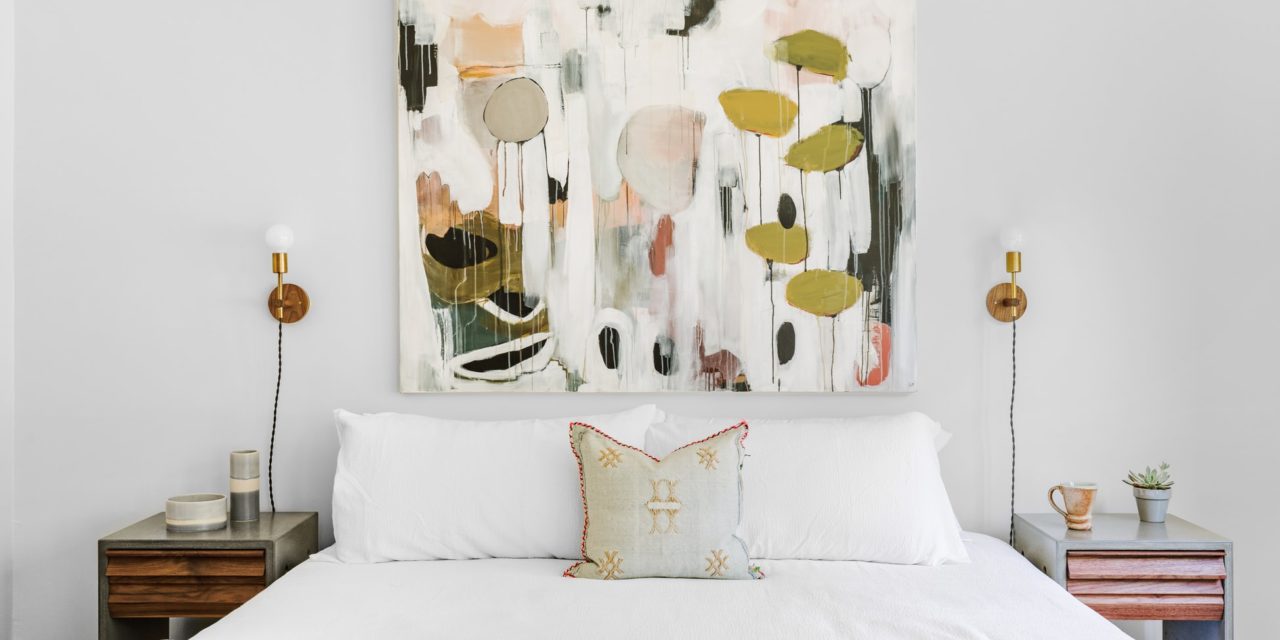[ad_1]
Landscaping for birds doesn't just mean 1 or 2 bird feeders in the backyard or a bird bath. Landscaping for birds takes into consideration the primary necessities of a wild bird such as food, shelter, and water. Some of those birds may need a good spot to build a nest and once you can fill those needs you should have plenty of birds visiting your gardens.
Your backyard oasis will benefit greatly by using native plants for your particular area. This not only means less maintenance, water, and fertilizer but the local birds will recognize friendly territory where they can build their nests and they find a good source of food. The local trees, shrubs, flowers, and grasses are more inviting to wild birds than exotic plants because the local birds don't know what to make of them. You can still have your exotic plants but only plant in a portion of the backyard. You can do a little research on the different species of bird and what food they prefer; this may change with the seasons or the older the birds get. Once you have found the birds you want to attract and the food they prefer you can select the plants they need such as those bearing berries, fruits, acorns, grains, nuts, seeds, or nectar. You will also need a source of water such as a pond, water garden, or even a bird bath that provides dripping, moving, or splashing water for a drink or a bath.
A landscape that has multiple layers of different plant life you can probably attract many diversified species of birds. Some birds find food in low growing shrubs or find it roaming around on the ground. When it comes to roosting, shelter, and nesting you will find some species prefer tall trees, others like bushes and shrubs; you may even find some birds feed at one level of the shrub and nest in another level. Try planting multiple layers of vegetation to entice birds; place the taller plants towards the back of the garden, the medium height plants in the center and the low growing towards the front. This method can also be done around a tall tree by using medium height shrubs encircling the tree and lower height flowers as the outside border. This gives the different species resting places without being crowded.
You want the birds to feel safe and secure in your backyard garden. Landscaping for birds should have bushy or thick vegetation areas so they will be unseen by predators such as hawks and cats. This will also give them some shelter from severe weather conditions. Heavy vegetation is much more suitable for roosting and nesting, which provides a permanent home for the birds instead of just being a visitor. I have a 5 foot tall rosemary plant in my backyard garden where some species of birds love to roost during the day and sleep during the night.
Not all birds will eat the same type of feed. Some prefer berries and fruits and others would rather have seeds and nuts. When creating a landscape for birds do it according to which birds you would like to see visit your garden. My garden has several plants that the hummingbird prefers and several plants that have with berries for other birds. We also have a seed bird feeder and two nectar hummingbird feeders. We have lived in my home for over 20 years and last year was the first time the orioles came to visit the hummingbird feeder. We now have two nectar feeders and during the fall and winter months both feeders attract several hummers at one time. Today was the first day this spring that the oriole came back for a drink. Some of the fruit loving birds prefer eating the apricots off the top of the tree once the fruit ripens.
You can select specific plants for certain birds or you can choose plants for the birds that visited your backyard previously. If you choose a wide variety of plants also consider what season of the year they become useful for the birds. Early flowering bushes supply nectar for the insects but also certain birds during the spring, the fruit and nut bearing trees and bushes are food sources for late summer and fall, and the evergreen plants supply seeds in winter and are also good shelters for the birds during winter.
You always want to keep your backyard landscape neat and trimmed, but you can also leave a small pile of leaves or trimmings from the shrubs which will attract the birds because it will provide them material for shelter and nesting and give them a variety of insects to eat. You can also attract birds by letting your flowers and shrubs go to seed but don't remove the seeds. Landscaping for birds is fairly easy as long as you provide the birds with native vegetation.
[ad_2]
Source by Barbara Volkov


